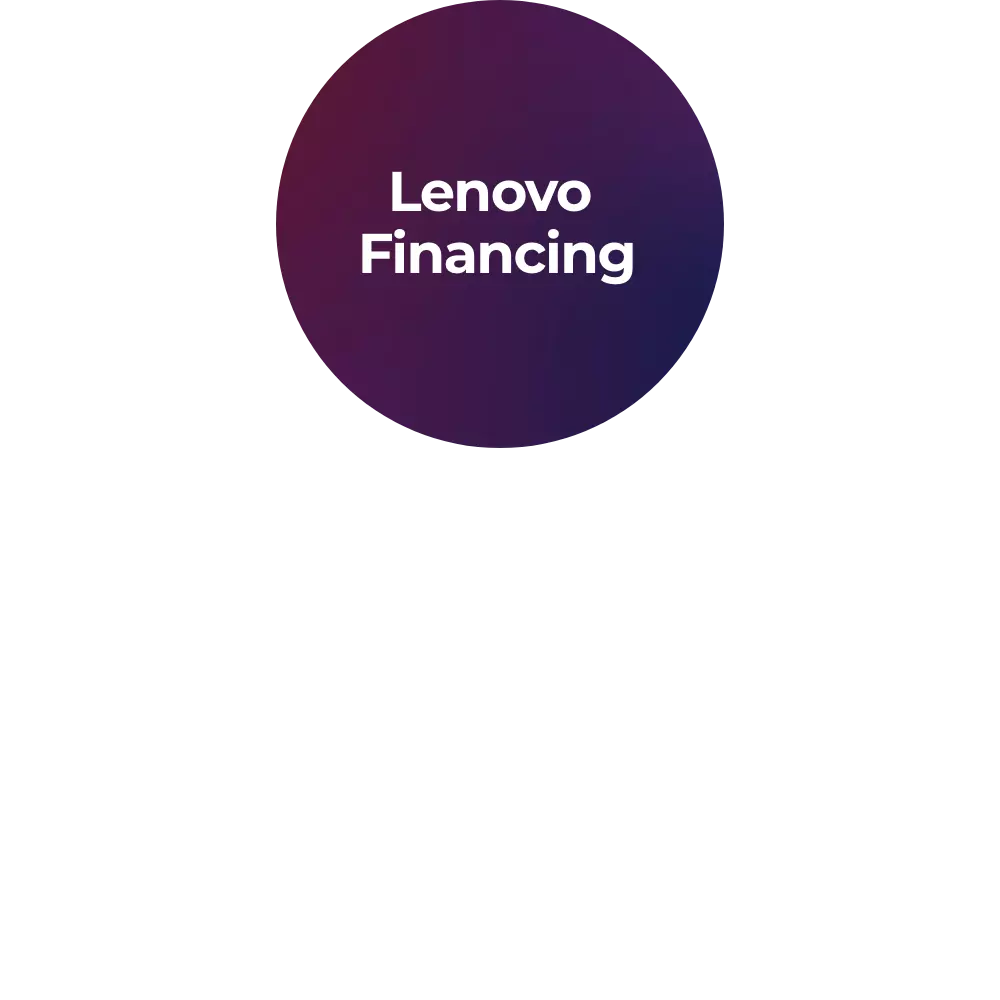What is IA-32?
IA-32, or Intel Architecture 32-bit, is a 32-bit version of the x86 instruction set used in many processors. It supports 32-bit registers, 4 GB memory addressing, and x86 instructions, enabling compatibility with a wide range of software and operating systems. IA-32 introduced features like protected mode and paging, making multitasking possible. Though most CPUs are 64-bit today, IA-32 remains vital for legacy systems and embedded devices.
How does IA-32 improve my software’s compatibility?
IA-32 improves your software's compatibility by supporting a wide range of 32-bit systems, operating systems, and compilers. Many older and embedded platforms still use IA-32, so targeting it allows your programs to run on more devices without major changes. Even on 64-bit processors, most operating systems provide compatibility modes for IA-32 applications, letting your software work seamlessly across environments and reach a broader audience without needing multiple separate builds.
Can IA-32 make my applications run faster?
It can, but only in specific situations. IA-32 can offer performance benefits when you optimize code for its smaller register set and simpler instruction formats. In cases where your application doesn't need large memory addressing, the 32-bit environment may execute with less overhead. However, if your program processes large datasets or requires more memory, 64-bit environments generally outperform IA-32 due to wider registers and addressing capabilities.
Can IA-32 work on a 64-bit processor?
Yes, IA-32 can run on most 64-bit processors because nearly all modern x86 CPUs support backward compatibility modes. Your IA-32 applications often run natively, or under a compatibility layer provided by the operating system. This lets you maintain and use 32-bit applications without rewriting them for 64-bit environments, although performance may vary depending on the complexity and resource demands of your program.
How would IA-32 affect my program’s memory limits?
IA-32 limits your program's addressable memory to 4 GB because it uses 32-bit addressing. This can impact performance when handling large datasets or memory-intensive tasks. While techniques like segmentation and Physical Address Extension can extend this, they add complexity. For smaller programs, this limitation isn't significant, but you must carefully plan memory allocation if your application needs more space or handles large files.
Why is IA-32 considered simpler for beginners compared to 64-bit architectures?
IA-32 is easier for beginners because it has fewer instructions and registers than 64-bit systems. Concepts like segmentation, paging, and stack operations are simpler to understand. Its basic structure helps learners grasp how instructions run and low-level routines work without the added complexity of 64-bit addressing or extended registers. This makes IA-32 a more manageable starting point for those new to computer architecture and assembly language.
Can I use IA-32 for writing operating system kernels?
Yes, you can use IA-32 for writing kernels because it provides enough features like protected mode, paging, and interrupts. These allow you to build multitasking systems with memory protection. IA-32 kernels are still used in embedded and lightweight environments, where a smaller footprint is critical. Although most modern systems use 64-bit kernels, IA-32 remains a solid choice when simplicity, portability, and small memory usage are priorities.
Is IA-32 relevant for modern cloud infrastructure?
IA-32 is relevant for modern cloud infrastructure because many virtual machines and lightweight containers use 32-bit images to save resources. Running IA-32 software can reduce memory and storage requirements for smaller workloads. Cloud providers also offer compatibility layers so legacy 32-bit applications can run without modifications. This means you can migrate older software into cloud environments while minimizing rewrites, lowering operational costs, and keeping your deployments efficient.
Can IA-32 make my embedded projects more efficient?
Yes, IA-32 is widely used in embedded systems because it offers robust performance with lower resource needs. Many industrial devices and control systems use IA-32-compatible CPUs, which consume less power and don't require massive memory. Writing software in IA-32 lets you run applications efficiently on compact, power-sensitive hardware, while still leveraging a familiar architecture and toolchain that supports debugging and optimization.
How does IA-32 handle multitasking in operating systems?
IA-32 supports multitasking using features like hardware task switching, protected mode, and paging. These let operating systems isolate processes, manage memory safely, and schedule CPU time effectively. You can build systems that prevent one program from corrupting another's memory, while still allowing concurrent execution. Its interrupt handling also enables smooth context switching, making it a practical foundation for lightweight multitasking kernels and real-time applications.
Can IA-32 work in networked devices?
Yes, IA-32 is commonly used in networked devices, such as routers and firewalls, because it offers a balance of processing power and compatibility. Its instruction set allows for efficient packet processing and protocol handling. You can develop or maintain firmware and software for such devices while benefiting from the wide range of IA-32-compatible compilers and debugging tools that simplify development.
How does IA-32 reduce my program’s size?
Targeting IA-32 often results in smaller binaries because 32-bit pointers and instructions consume less space than 64-bit ones. You can build applications with smaller memory footprints, which is especially useful for embedded or resource-constrained systems. While the trade-off is limited addressable memory, programs that don't need more than 4 GB benefit from the reduced storage and memory usage of 32-bit executables.
Why is IA-32 better for older operating systems?
IA-32 is better because many older operating systems were designed for 32-bit CPUs. You can run your software without worrying about compatibility issues or rewriting it for newer instruction sets. These systems often lack native 64-bit support, so IA-32 ensures your applications function properly, making it valuable when maintaining legacy environments or integrating with older infrastructure that still serves critical roles.
Can I learn systems programming through IA-32?
Yes, IA-32 is a practical way to learn systems programming. Its straightforward instruction set and well-documented behavior make it ideal for writing bootloaders, kernels, and device drivers. By working with IA-32, you gain hands-on experience with memory management, interrupts, and low-level hardware control, which builds a strong foundation for more advanced architectures and programming challenges.
Would IA-32 be useful for reverse engineering?
Yes, IA-32 is still highly relevant for reverse engineering because many binaries, firmware, and legacy applications are compiled for it. Learning IA-32 lets you understand disassembly output, trace execution paths, and analyze malware or proprietary software effectively. With its simpler instruction set, you can more easily reconstruct program logic, which is vital for debugging, security analysis, and forensic investigations.
Can IA-32 run in virtualized environments?
Yes, most hypervisors and virtual machine platforms support IA-32, often with minimal overhead. You can run IA-32 operating systems and applications in virtualized environments for testing, legacy support, or development purposes. Virtualization allows you to isolate these 32-bit systems while still leveraging the performance of modern 64-bit hardware, giving you a safe, efficient way to maintain or experiment with IA-32 software.
Can I port my 64-bit code to IA-32 easily?
You can, but it requires adjustments. You must replace 64-bit pointers and data types with 32-bit equivalents, optimize stack usage, and manage memory within IA-32's 4 GB limit. Some libraries and system calls differ, so you'll need to recompile and sometimes refactor code. While not always trivial, porting is manageable with careful planning and testing, especially for simpler programs.
How does IA-32 handle floating-point operations?
IA-32 handles floating-point math using its x87 FPU stack and, optionally, SIMD extensions like SSE (if supported by the CPU). You can perform precise calculations for scientific or multimedia applications, though the stack-based FPU can be more complex to use than register-based approaches. Understanding IA-32 floating-point instructions helps you optimize numerical routines and avoid performance pitfalls in computation-heavy programs.
Why does IA-32 use segmentation in memory management?
IA-32 uses segmentation to divide memory into logical sections for code, data, and stacks. This helps manage memory efficiently and improves security by isolating sections. Although modern systems rely more on paging, segmentation remains important for bootloaders, kernels, and compatibility. You can use segmentation to understand how older systems allocated and protected memory, which is crucial when maintaining or studying legacy codebases.













